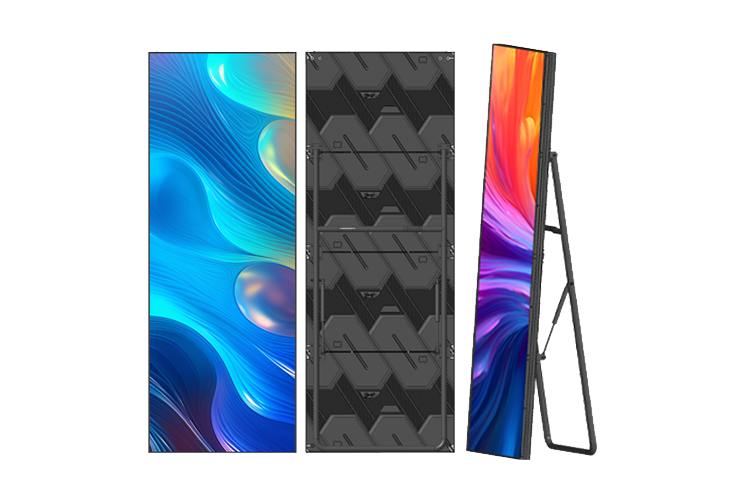The Rise of Interactive Displays in Educational Settings
In recent years, there has been a notable shift towards adopting interactive displays for education. These tools offer engaging and dynamic approaches to facilitate learning. Schools and universities are increasingly replacing traditional teaching methods with technology that fosters collaboration and interactivity. By integrating interactive displays, educators can present information in a visually impactful manner, thereby enhancing retention and understanding among students. This shift is not just a trend; it is a necessary evolution in teaching to prepare students for a highly digital world where information is abundant and constantly changing.

The Practical Applications of Interactive Touch Screens
Implementing an interactive touch screen for education transforms the classroom into an immersive learning environment. For instance, teachers can easily annotate on-screen materials, manipulate 3D models, or showcase multimedia presentations in real-time. Students can engage directly with the content, making learning more interactive and relevant. Additionally, these displays can serve as collaborative hubs, where students can work together on projects, share ideas, and contribute to discussions seamlessly. This immediate feedback and engagement not only spark critical thinking but also cater to diverse learning styles, ultimately making education more accessible and enjoyable.
Empowering Educators with Innovative Tools
An investment in an interactive touch screen for education equips educators with modern teaching aids that can significantly enhance the instructional process. For example, a history teacher could use the display to create interactive timelines, allowing students to explore key events actively. Furthermore, during science classes, virtual experiments can be conducted that would otherwise be difficult or impossible to perform in a traditional setting. This versatility enables educators to tailor their teaching methods to suit individual classroom needs, which can lead to improved educational outcomes. The rich interactivity these displays offer makes complex subjects more manageable, fostering a proactive learning culture.

Conclusion: Why Choose LEDMAN for Your Educational Needs
In conclusion, the integration of interactive displays and touch screens in educational settings presents a multitude of benefits that enhance the overall learning experience. By utilizing such innovative technologies, educators can engage students more effectively and accommodate various learning styles. For schools looking for reliable and high-quality products, LEDMAN stands out as a manufacturer with multiple supply advantages. Their focus on cutting-edge technology ensures that educational institutions can equip themselves with tools that empower both teachers and students alike.

